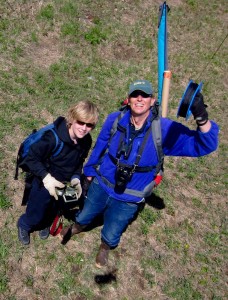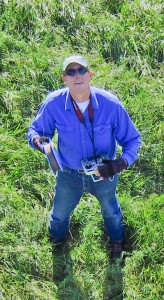
Over Middlebury
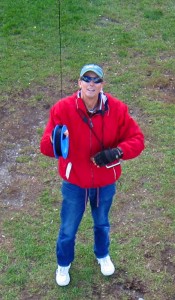
Last month I went to the Middlebury Farmers’ Market at Marble Works for the first time ever. My garden had been suffering some scurrilous blight and I was about to feed 10 people for the LEAFFEST weekend. I looked along the row of vendors to the steeple of the Congregational Church beyond some trees and realized there might be enough space to launch a kite there. A west wind would take the kite the length of the lawn and then over toward the church on the “Green,” the village commons. This could offer a unique view of the village center. But the wind almost never blows from the west here due to the north-south trend of the Champlain Valley. Other wind directions would make the flight less rewarding and the launch and landing more risky, and I had never flown a kite from such a small area surrounded by so many power lines, buildings, trees, river banks, and busy roads, so I assumed I would never fly there. Continue reading “Over Middlebury”
Design, Build, Turn
I think it is time to upgrade the technology I have used for 14 years to monitor the temperature of my compost pile.
The graph below is live, as long as I keep going out and reading the temperature and coming back in and updating the Google spreadsheet. In 1998 I inherited the old YSI thermometer device and found a 7.5 volt mercury battery for it. The battery is still good, and I even have a spare (also 14 years old). I hope that the participants at LEAFFEST can help me find a replacement technology for the beast.
The featured pile was built on September 10 from a three month accumulation of kitchen, garden, and yard waste, some old hay mulch, freshly cut alfalfa, 100 chopped corn plants, a quart of organic fertilizer (5-3-4), and 20 gallons of spent tomatoes, cucumbers, peppers and cabbage. The pile was turned on October 7.
Downlink

Twice this year I walked around for more than an hour flying a kite-lofted camera that I thought was taking photos, when in fact it was just fooling me into getting exercise. On the first occasion the shutter controller battery died, and the other time the camera just got confused and stopped shooting. I think I sent radio commands to shoot too frequently and it decided to take a nap. This happened another time as well but I happened to reel everything down after only 20 minutes of not taking photos while I was jogging here and there. I have modified the controller so the battery lasts much longer, and I have learned to be patient when sending radio commands, but I am certain that the rather fragile KAP rig electronics will surprise me again with their unexpected inactivity. So I have been looking for a way to monitor the camera operation from the ground. I have been brainstorming with some friends about how to do this, and Don Blair, a physics graduate student at UMass has been prototyping an alert system based on a $20 pair of walkie-talkies. I couldn’t stand hearing about all the fun he was having in Amherst using MOSFETs to remotely push the walkie-talkie PTT button, so I decided to build my own solution. Continue reading “Downlink”
Sprucing up the hills
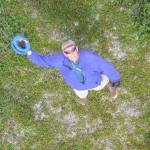
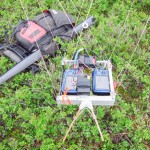
I was able to get some aerial photos of most of the plots after I had marked each seedling with pink flagging. I flew a dual camera KAP rig with normal and infrared-modified cameras lofted by a kite. I will be experimenting with false color IR (NRG) and NDVI images which can be created with information from both cameras. Continue reading “Sprucing up the hills”
Chatanika Dredge

Go Orioles!
A month ago, on May 10, I noticed a wad of dry grass in the birch tree outside my home office window. It was obvious what it was, and a noisy pair of Baltimore orioles soon confirmed that a nest was being constructed. Four days later the nest building seemed to be mostly completed, and I stopped taking photos (click them to enlarge).

Swamp NDVI
On May 5 my infrared KAP rig made its first photographic flight. The shutters of two Powershot A495 cameras, one modified to record only near-infrared (NIR) light, were triggered every 10 seconds by an AuRiCo KAP controller. The Levitation delta kite hoisted the rig over the northern edge of the Salisbury Swamp, VT. In about 1.5 hours, 420 synchronous pairs of normal and NIR photos were captured. It has taken a while to process just a fraction of these images, but the results are promising. First, some kite porn:
Unexpected Panorama

Machinery Auction
Click images to enlarge
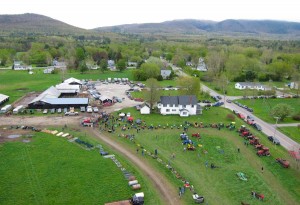
Earthbound NDVI
The PLOTS visible/near-infrared camera tool was ready to fly on Thursday, but the Fled could not find enough wind. So I switched on the two cameras and the timer and walked around the field making photos every 10 seconds. Continue reading “Earthbound NDVI”
Sunrise Orchards
